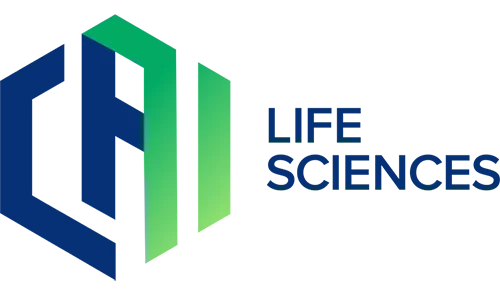
One of things that I have heard too often regarding the running of a packaging line is: “Is it running at its maximum qualified range?” My question has always been, “Why is that the important requirement?” I like to believe that overall efficiency and throughput are the main goal of the packaging line and how fast the equipment is running should not be the end-all goal. Let me explain.
On the packaging line, many pieces of equipment are tightly packed with each other for the completion of the product. For example, for an oral solid dosage product, the line could incorporate a bottle unscrambler, desiccant placer, filler, cottoner, capper, checkweigher, induction sealer, retorquer, neckbander, labeler, cartoner, secondary checkweigher, casepacker, and possibly other specialty equipment. This is all brought together in a series of conveyors, surge tables, and various inputs of packaging materials. With all of that going on, finding the “steady state” is the challenge, and for that, faster is not always better.
Running equipment at a pace that is less than optimal for the particular batch being completed will lead to downtime and rework that will take away from not only the line efficiency for the batch but also the company’s bottom line.
A line study that I completed occurred because the company was using line speed as a key performance indicator (kpi) for the line efficiency. However, the line didn’t seem to be “meeting its numbers” based on the mathematical calculations being used for scheduling. It was also overbudget for material usage. If those computing these expectations would have taken the time to visit the line, they would have seen what was really going on.
Running the equipment as fast as possible, in line with the validated parameters, is not always the proper approach to the optimal end. Every product mix, and even batch to batch within a product, has variances that may require some adjustments of the set up and operation of the line. Campaigning of products (the running of multiple batches of same product between total cleanup) can affect the way the filler runs the product on the subsequent batches due to some residue collection on the equipment. Even the best air handling system will not return the product contact surfaces to pristine condition. This doesn’t create an issue with the product, but it can have minor effect on the equipment operation.
The length of time packaging materials are stored prior to use, especially labels and cartons, can affect their level of machinability. Storage conditions for printed materials are often temperature controlled but not necessarily humidity controlled. Stacking materials multiple boxes high, such as on pallets, can also adversely affect their condition. Bowing of cartons is a real concern, and case construction must protect the integrity of incoming materials.
So, what did my study involve? Simple, I slowed the line down. I took a line running at 300 bottles per minute line and ran it at 250 bottles per minute. As I was monitoring the operation of the line, the main focus was to get the line to a point where there was a steady flow of bottles without equipment jamming or rejects due to incorrect applications (such as crooked caps, missing neckbands, incorrectly loaded cartons, etc). With a packaging line, there are so many places where rejects or rework can occur. Eliminating those has a direct impact on the throughout (efficiency) and the cost per unit (not inflating with rework and accompanying additional components). An extra benefit was that the packaging line employees were not being overburdened with jams and rework and were therefore more relaxed. Keeping up with a line in turmoil creates a high stress atmosphere and suddenly it was calm and controlled.
With the line at 250 bottles per minute, the line packaged more cases in an hour than it was at 300 bottles per minute speeds and maintained that over a two-week period (the total time I monitored and recorded batch data). I presented the data to the upper management teams, and as a result, changed the way the packaging business was ran.
Lesson learned: Never be convinced that running faster will get you the results you want.
Do you think your packaging line could be running more efficiently? Contact us to find out.
